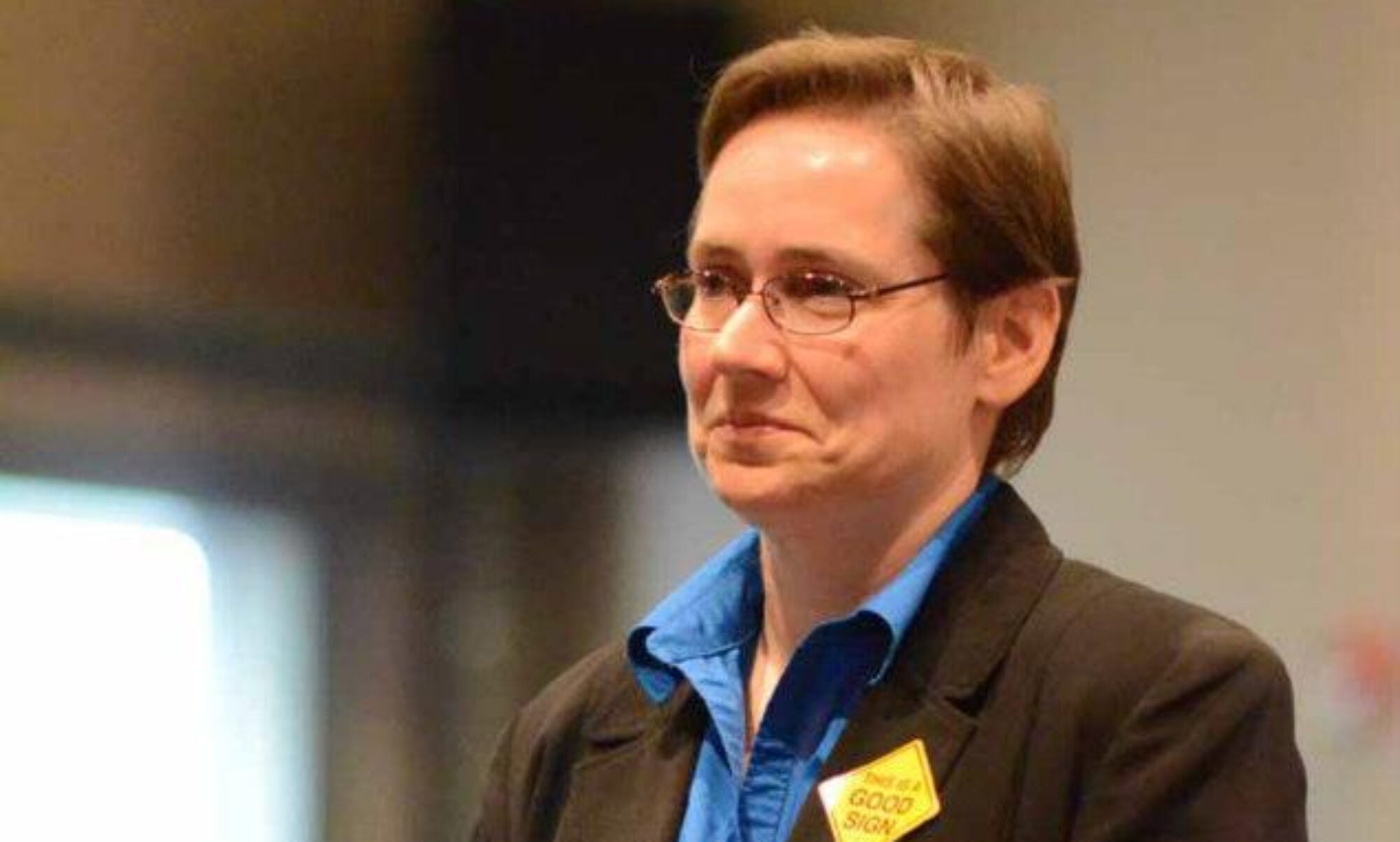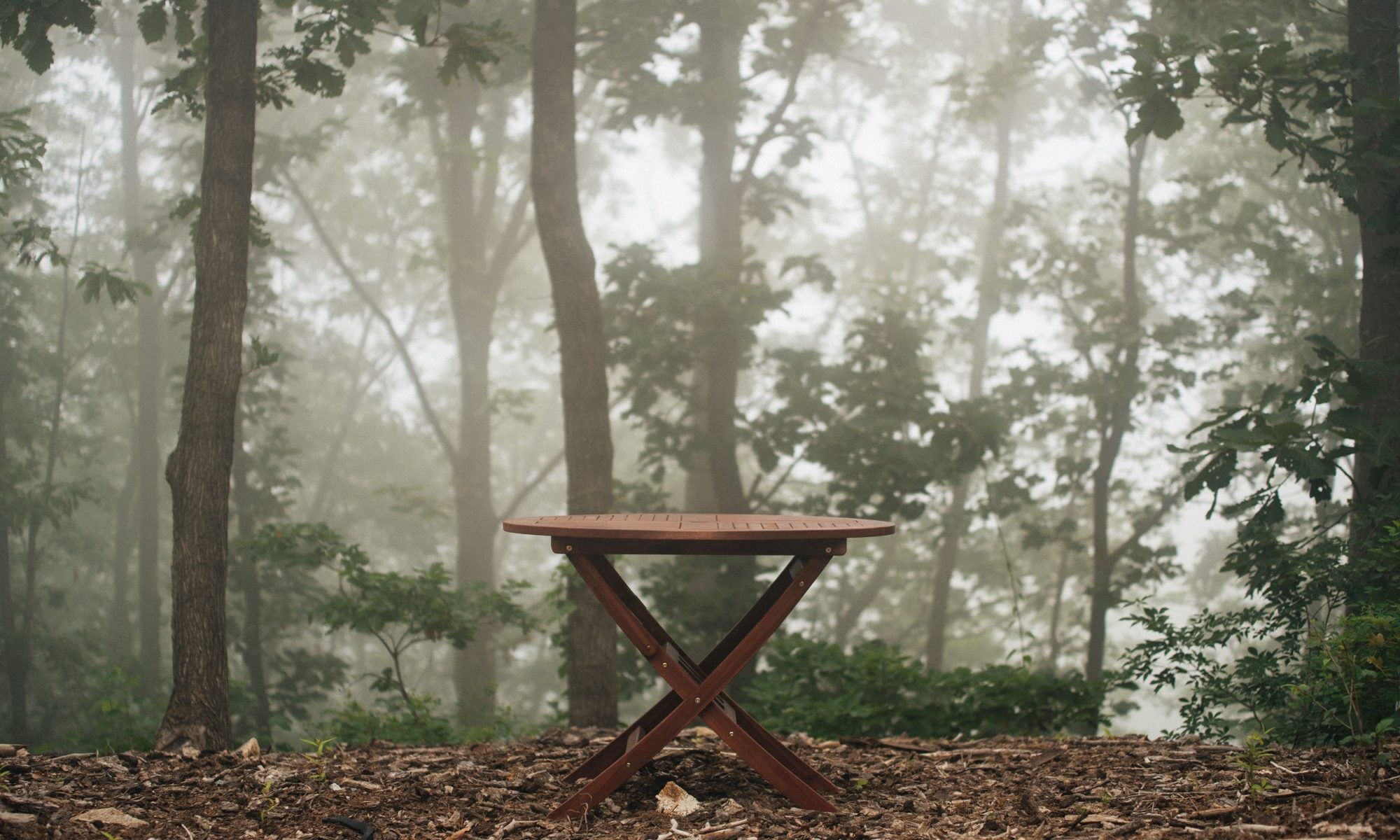Lesson 28: Above all else I want to see things differently.
We live in a world where everyone has a point of view. Everyone has an opinion. Often those opinions become our identity. You identify as “liberal,” or “conservative,” or “independent,” or whatever other label you can contrive.
Your perception has not only become your reality – but your fixed identity.
This has to do with a psychological phenomenon called “confirmation bias.” We have what we believe to be a fixed set of beliefs about the world and we reject any evidence that contradicts it (even if that evidence is factually provable) and embrace evidence that confirms our beliefs (even if that evidence is demonstrably false).
Two studies from Stanford University back up this idea. When students were told a set of what they believed were facts about suicide and a firefighter’s performance, they remained convinced in their original beliefs even after those beliefs were totally refuted by the researchers afterward.
Our reactions are linked to the primitive communities we formed way back in our evolution, according cognitive scientists Hugo Mercier and Dan Sperber who wrote a book a few years ago called “The Enigma of Reason.”
Reason, according to Mercier and Sperber, writes Elizabeth Kolbert in this New Yorker piece, evolved to “prevent us from getting screwed by the other members of our group. Living in small bands of hunter-gatherers, our ancestors were primarily concerned with their social standing, and with making sure that they weren’t the ones risking their lives on the hunt while others loafed around in the cave. There was little advantage in reasoning clearly, while much was to be gained from winning arguments.”
In short, the unwillingness to see things differently than you already do could save you from dying while hunting a wooly mammoth for the community dinner. It’s no wonder we’re so hesitant to give up the ideas we’ve built our lives around. We see them as our defense.
A Course in Miracles reminds us that this is where we make our biggest mistake: We believe that we have a body that needs defending. Nobody wants to be a wooly mammoth’s lunch while trying to make it our lunch, but when we believe that protection of the body is our paramount responsibility in this world, we’ve already been eaten by our ego.
We are in these bodies because our first case of confirmation bias is our belief in separation. I believe I am here typing this blog post while other separate beings are out there living their own lives independent from mine. I believe I need to protect myself from those other bodies who may do me physical harm or get more than their fair share of the limited resources of this world. That breeds fear within me so I seek for ideas and reasons and beliefs to show why I’m right and they’re all wrong.
Then, we’ll argue about it on Facebook.
The body came into being because of this belief in separation – because we have forgotten who we really are. We are not these bodies. When we die, we will discard this form like a suit of clothing and re-enter the oneness with God that we never really have left.
The body is here to help us remember who we are – to be a tool of communication that we use to learn how to remove all the barriers to love we have built to produce this world of separation and fear. While we must take care of the bodies we’ve been given, their protection is not our ultimate goal. Our goal is to remember who we are – to end the separation and regain the ultimate Reality of unity where bodies are not needed.
We can begin that with something as simple as a table. As this lesson says, if we can become willing to see something as basic as a table differently then our grip on our confirmation biases can begin to be loosened.
In one of my past writing workshops, we talked about tables and how they don’t mean what we think they do and that we’ve given them all their meaning. One participant wrote about a traumatic event involving a table that had happened early in their lives and how it had become part of their identity and had tainted their relationship with tables. The exercise helped this participant begin to see tables differently and they were greatly relieved to learn that they could release their past beliefs about something so seemingly benign that had deeply affected them for years.
This is what a miracle looks like in action. It releases us from past fears and perceptions into the truth about the world and ourselves.
Today’s lesson sets to stage for such miracles in our lives by inviting us to release our confirmation bias – to be willing to see things differently, to stop building our entire lives around avoiding being eaten alive by the world around us. Rest assured, the ego world is all about eating you for lunch, and it may very well succeed. Our true peace – the kind that passes all understanding – doesn’t depend on the safety of our bodies, though, because when we can see differently, we understand that we are not these bodies and our true identity is so much more magnificent, anyway.
When we are willing to see things differently, this lesson says we’re “asking to see the purpose of the universe.” In doing so, we allow the things around us to reveal its purpose to us “instead of placing your own judgment on it.”
When we can do this, Hafiz says, we will begin to see the innate innocence and holiness of everything around us. The world becomes a holy book revealing the purpose of the universe.
“A
candle giving advice to the sun can
make the sun smile because of the flame’s
remarkable innocence.
Maybe I
should be careful about saying
something like this, but every holy book …
lifts the corners of my mouth, and even
makes me giggle a bit.”
Photo from Pexels

